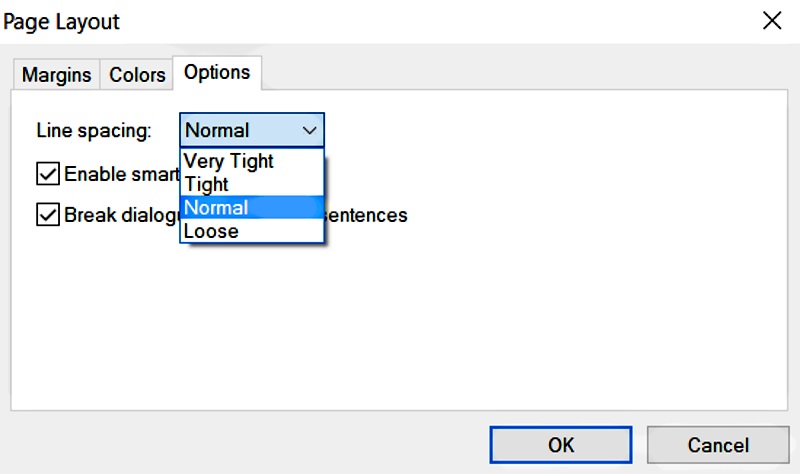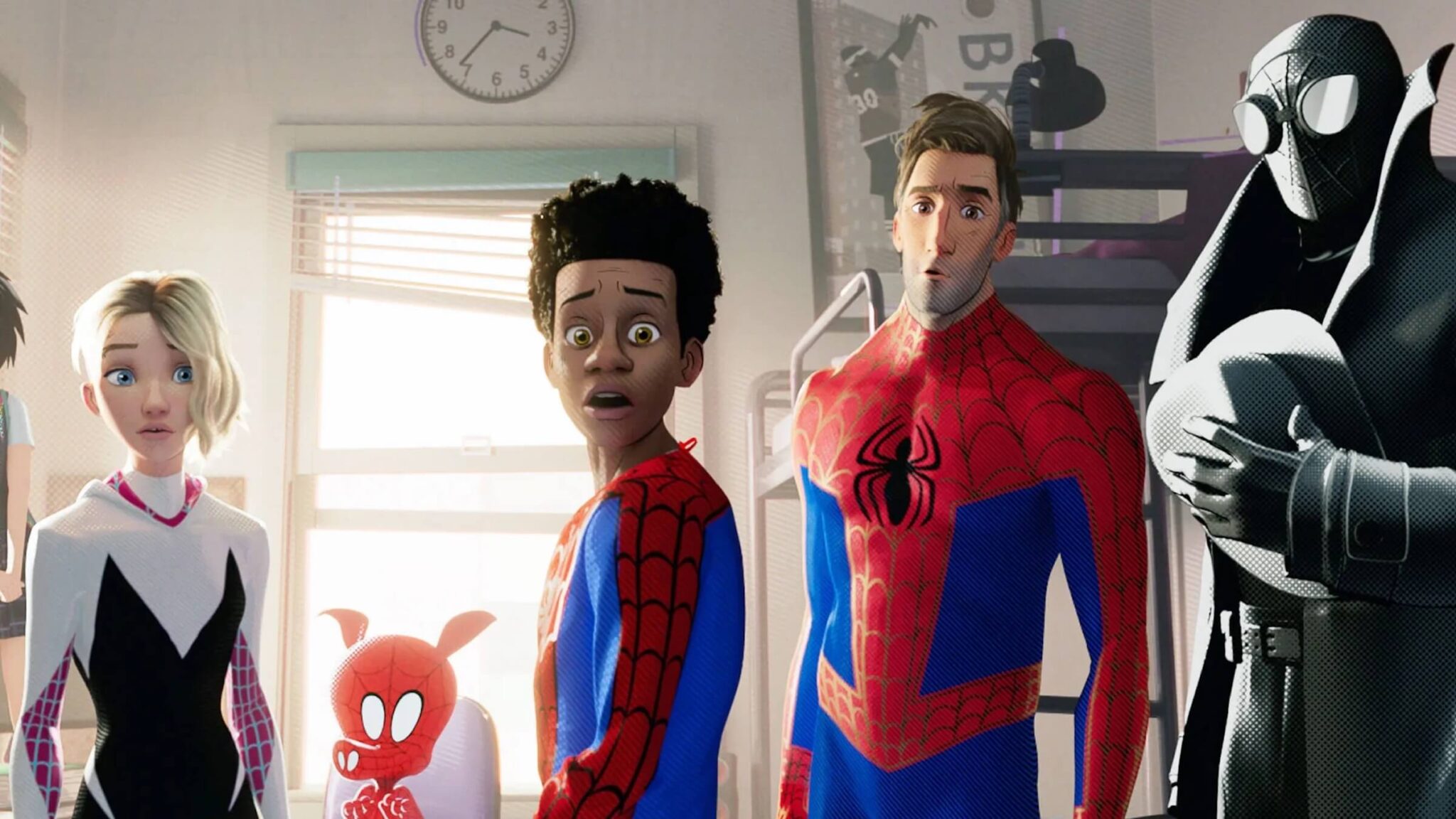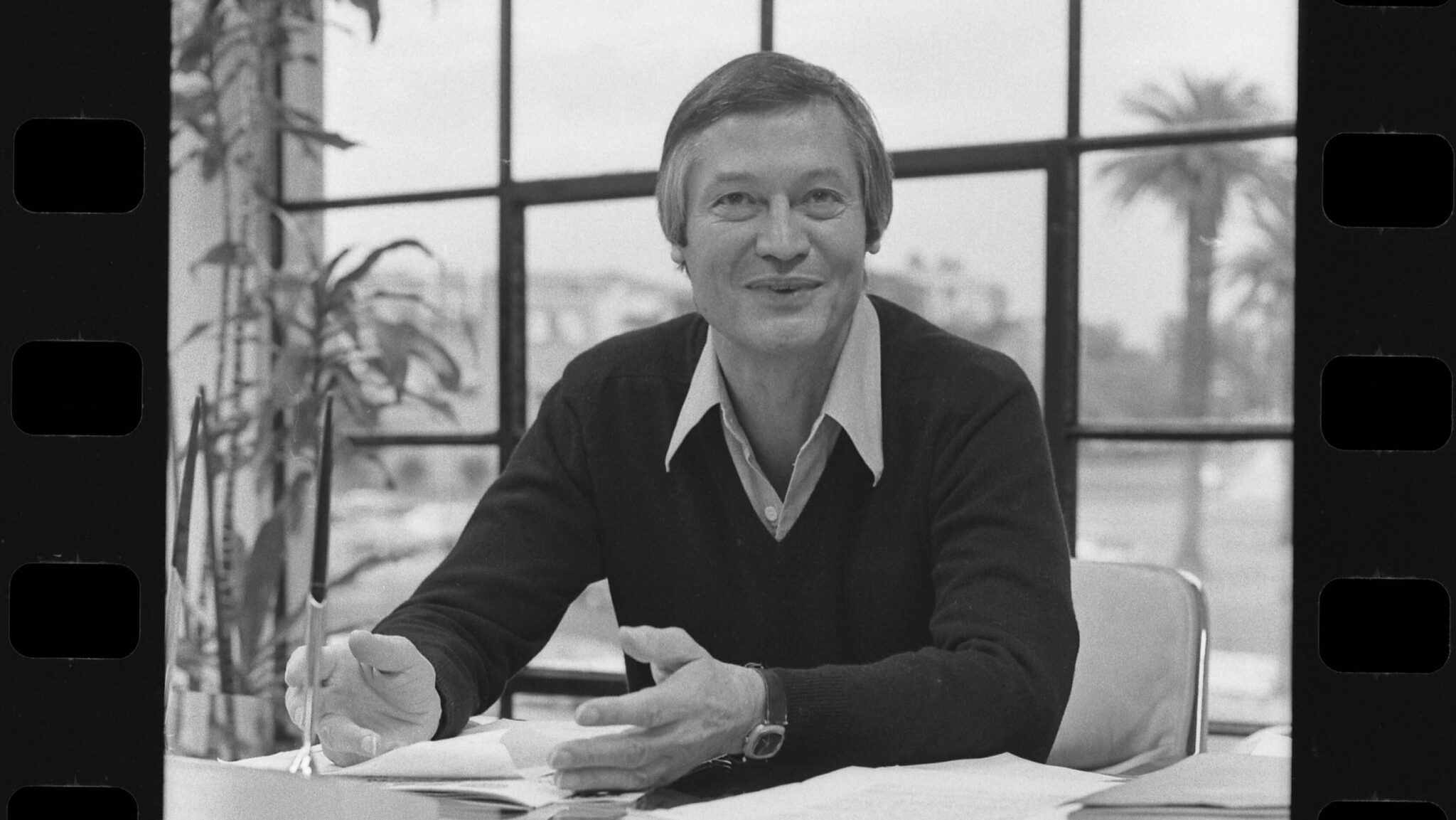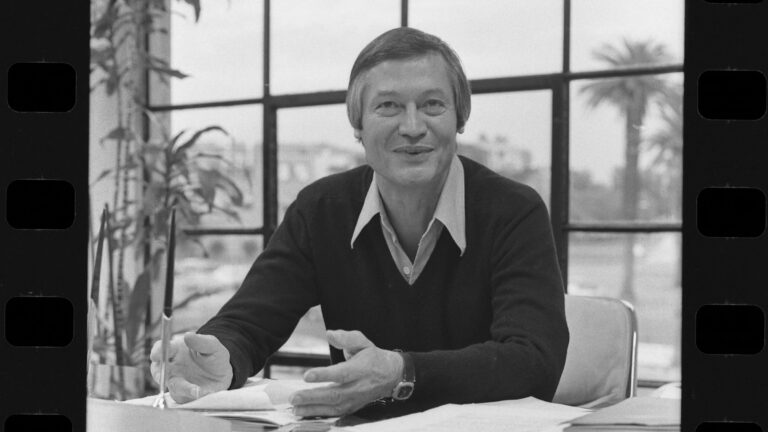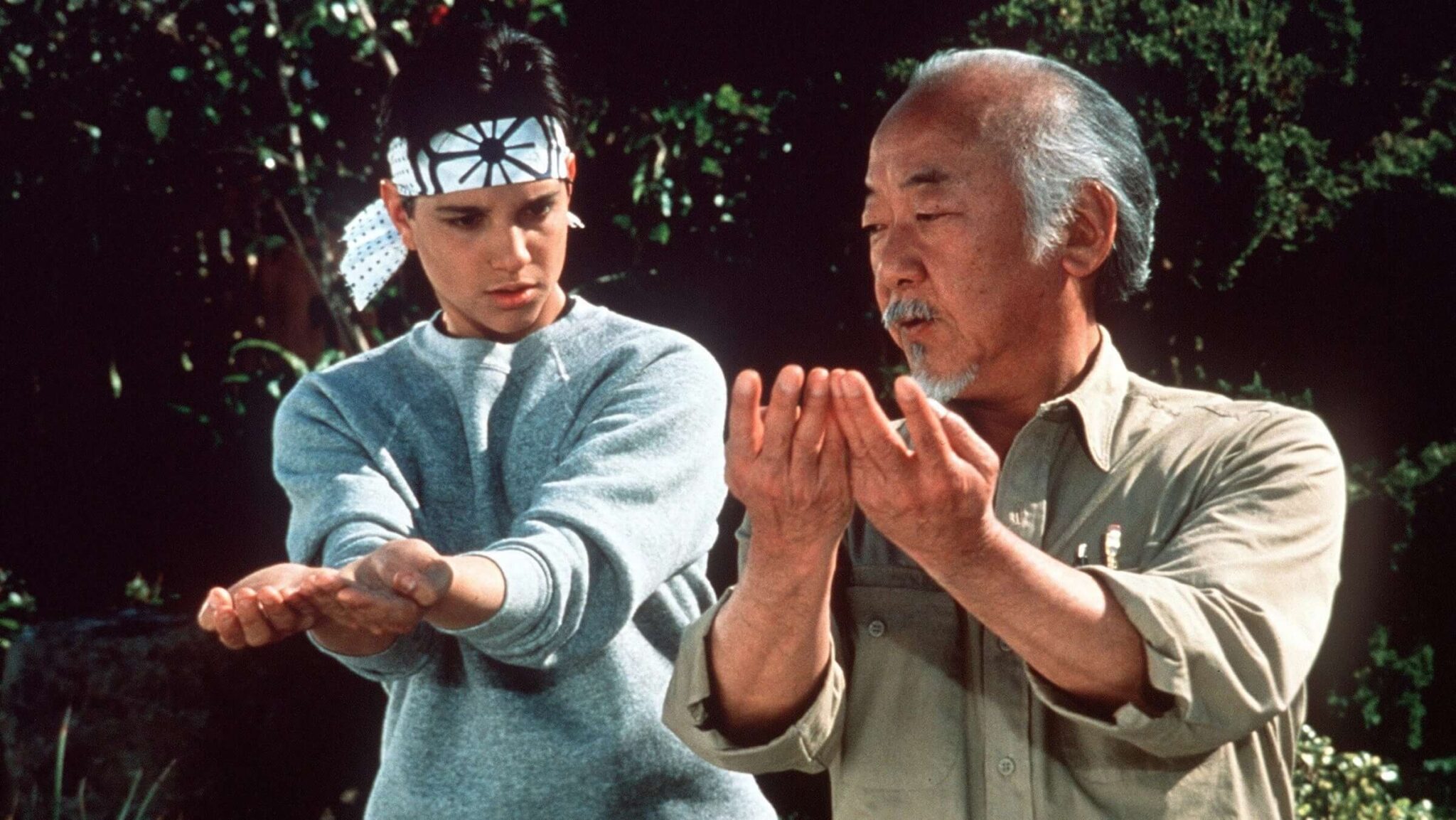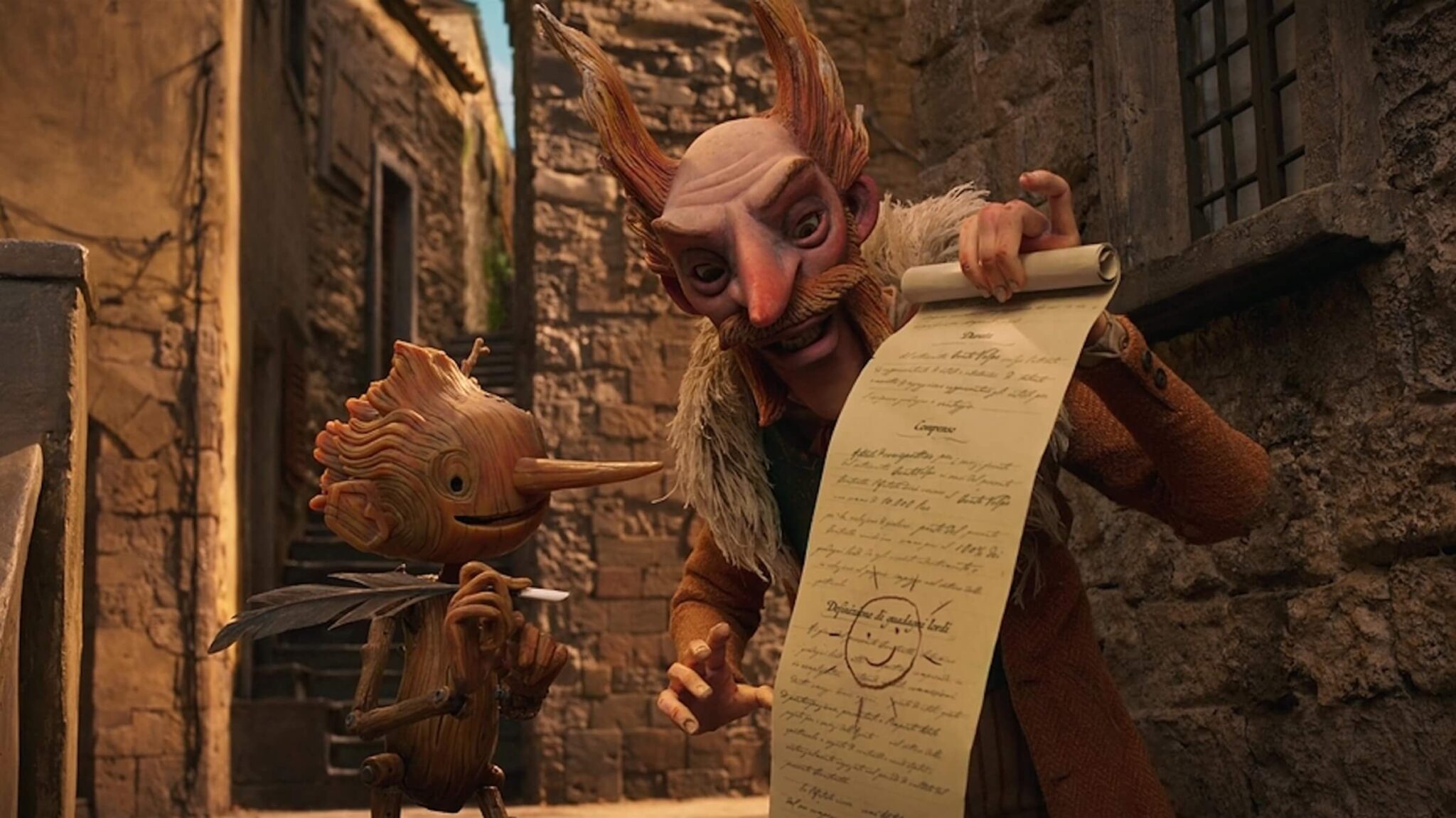5 Easy Hacks to Cut Your Script's Page Count

Some rules we just have to live by in life. For screenwriters, one of the most tedious — yet important — directives is the screenplay page count. The general rule states that your screenplay should be between 90 to 130 pages long — 80 pages is too few and anything over 129 pages is too much. But why is this rule so important and are there any screenwriting hacks that can help you adhere to this stringent rule without you having to cut down or kill some of your screenplay darlings?
Why the Rule Exists
Most screenwriters can agree that this rule, guideline, directive, or whatever you want to call it, is annoying. Who cares if you're at 129 pages instead of 119? Well, Hollywood cares — at least when you're starting out.
The general consensus is that one page is equivalent to one minute of screen time. Whoever concocted this notion was both onto something and over-generalizing.
The page-to-minute concept is a good guideline to follow, but clearly not an exact science. Some pages are all dialogue, which can take up to a minute for actors to dictate. However, other pages have a lot of action description which, when produced onscreen, only account for quick seconds of screen time.
So we know that 119 pages isn't always going to translate to an hour and fifty-nine-minute movie. But we can estimate that the page-to-minute ratio is a good ballpark barometer.
But the reason the rule exists in many people's eyes goes beyond screen time.
Hollywood development departments have to filter out the 95% of screenplays in the market that are either horribly written, or just aren't ready. In order to do that, they create a system of red flags designed to warn the script reader that what they are reading may not be up to par. One of those red flags is the page count.
Silly as it may seem, there is actually some weight behind that red flag. Screenwriting is a special kind of art form where you have specific constraints that you need to adhere to. If you're writing a feature, you need to understand that the general desired running time for a movie is between an hour and a half to two hours. This is dictated by studios, distributors, and theater owners. The shorter the movie, the more showings the theaters can offer. The more showings they offer, the more box office numbers studios (and theaters) can generate. The more box office numbers generated, the higher the profit margin.
Beyond that, past experience has shown the development world that writers that can't write a feature script within 120 pages are often going over that limit due to overwriting. Those scripts that are 130 pages, 140 pages, or 150 pages long usually have overly detailed scene description, dialogue full of bad exposition, redundant scenes, too many characters, too many storylines, or just an overly abundant amount of excess. It's a true sign of a novice writer a majority of the time.
Some of the major contests and fellowships are catching on to this, extending their page count limit to 130, 140, and even 150 — knowing that novice writers may not have honed screenwriting skills, but still may have powerful and amazing cinematic stories to tell.
And yes, when you establish yourself with some acclaimed produced scripts under your belt, the page count rule is less of a concern because the red flag aspect isn't an issue — your work has already been vetted and proven.
A high page count is a stigma for screenwriters that have yet to be established. You can't escape it — even if your page count is high but with a screenplay that is full of essential, amazing, and engaging characters and story that can't be whittled down. The lower the page count, the better your odds of getting a good read without any preconceived notions. It's not fair. It's not right. It's just the way it is.
With that in mind, here are some quick and easy hacks to get that lower page count.
1. Focus on the Broad Strokes
Details. Details. Details. They are often the thorn in every script reader's brain.
You, as a screenwriter, may think that the magic lies within the details, but nothing could be further from the truth. The magic lies within the ability to communicate a moment by writing very little.
With fight scenes, we don't need to know every little kick and punch. That's for the fight coordinator to decide.
Read ScreenCraft's Screenwriting Basics: How to Write Cinematic Fight Scenes!
With emotional scenes, we don't need to be described every tear, sniff, and sob.
We don't need to know the contents of each and every room. We don't need to know exactly what the characters are wearing. We don't need to know what food they're eating, how they brush their teeth, what color scheme the character's interior decorating follows, etc.
If it's not vital to the story, don't share it. Focus on the broad strokes. Go through your script and see where you've gone into too much detail — and then cut or condense it.
2. Embrace Fragments
Scene description is essential because screenplays are a visual medium. You need to communicate those visuals. However, you also need to keep in mind that the script reader needs to be able to process those visuals as quickly as a frame of film would appear to them on a movie screen. They need to see that image in their own mind's eye within milliseconds.
When you go into details, that cinematic pace of the read slows to a crawl.
Using fragments in place of sentences can help you accomplish the goal of communicating a visual as quickly as possible. We've written in depth about the importance of white space in a screenplay.
Read ScreenCraft's How White Space Makes Your Screenplays Better!
In that article, we offered a simple and easy comparison to comprehend when talking about detailed sentences of description versus brief fragments.
This first example is an overwritten version of one scene.

And here is an example showing how using fragments can help compact description with the same visual effect.

While you don't want your whole script to be nothing more than fragments within the scene description, you do need to realize that using them as often as possible not only cuts down the eventual page count, but also manages to communicate the visuals to the script reader in a more clear and concise way. It's a win win.
Go through your script and see where you can condense that scene description as such. You may find yourself saving ten pages.
3. Rewrite Dialogue Into Action
The way dialogue is formatted within screenplay format causes writers to lose a couple of extra lines before and after each character name, an extra line for each character name, and two extra lines before and after each block of dialogue. When you add parenthesis to accentuate an emotion or action within the delivery of that dialogue, there's yet another line you're using. And then there is, of course, the actual dialogue, which can take upwards of three to four lines or many more.
It adds up. And when it does add up, so do the pages.
One trick is to go through your dialogue and find pieces that can be better communicated visually, as opposed to audibly — the 'ole show, not tell guideline.
You'd be surprised how many dialogue sequences can be better expressed through simple action and reaction. Emotions of a character — anger, fear, rage, sadness, happiness — are often better as action as opposed to words.
Take a look at this scene from The Pursuit of Happyness.
https://youtu.be/x8-7mHT9edg
Had Will Smith's character communicated his emotions verbally with dialogue — beyond the single line of narration — that would be equivalent of telling us what he's feeling instead of showing us, the scene would have had less of an impact.
Go through your script's dialogue line-by-line and ask yourself if you can communicate that moment visually instead. When you apply simple scene description — with perhaps some fragments — you'll save yourself some space in the end.
4. Use Screenwriting Software Cheats
So we've talked about the need to not overwrite. We've showcased ways to use fragments instead of sentences in scene description. We've discovered that a lot of dialogue can actually be rewritten into action that depicts the emotions the characters are feeling and the information that needs to be communicated.
You've hopefully gone through your script and exhausted each of those directives.
But what if you're still running a little long? The sweet spot, as far as page length, is anywhere from 105 to 115. From a script reader's perspective, that's a happy medium. Anything less is a treasure (if not underwritten) and anything more is a hassle — especially when you consider the fact that they have another "stack" of scripts waiting for them.
Let's face it though — sometimes your story can't do without those moments that are taking your page count to the ceiling.
It's time to cheat — to bend those rules a bit more in your favor.
Most screenwriting software allows you to slightly change the margins and tighten up the spacing within your screenplay. When you save it to PDF, those changes can buy you anywhere from a few to almost a dozen pages.
We'll use Final Draft as an example, since it is the most widely used screenwriting software in the industry.
Software Cheat #1
In Final Draft, go to Document > Page Layout > Options > Line Spacing.

You'll be given the option of Very Tight, Tight, Normal, and Loose. Select each and click OK, then see how those settings affect the page count of your script. No one will be able to see the difference. It works in reverse to, as far as letting your script seem longer than it is if you're running short on what you feel is an acceptable page count.
Software Cheat #2
If you need to cheat just a little bit more, click on Margins.
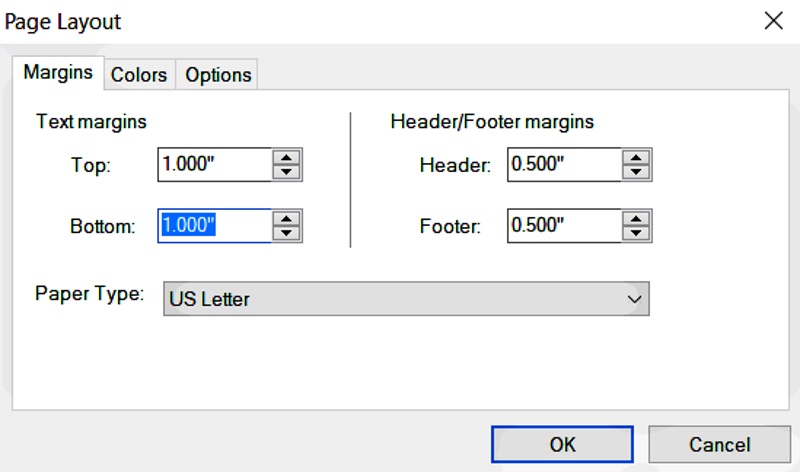
Then within the Text Margins, click the down button for Top and Bottom to take it down to the next setting.
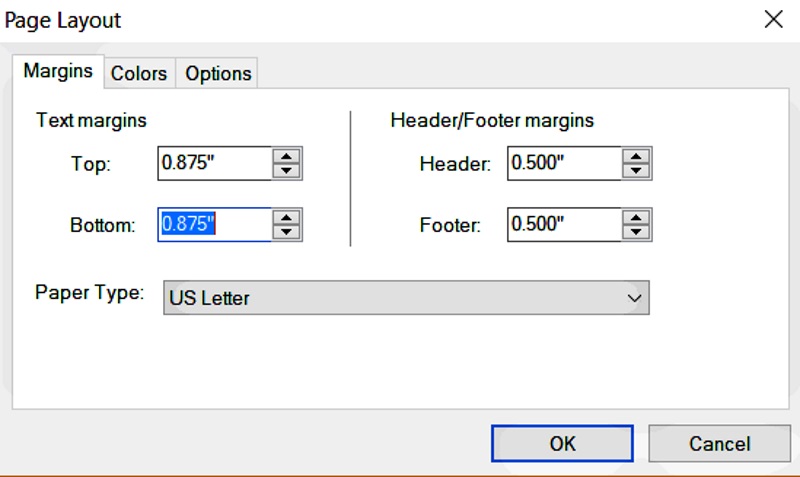
This little tweak will be virtually unnoticeable when you save your script to PDF — and you'll often save yourself a few more pages in the process.
Most other software offer features similar to this that you can exploit.
Now, many will surely scoff at this cheat and accuse yours truly of promoting bad tactics to novice screenwriters when they should be focusing on writing better to save themselves pages. But I'm here for my brothers and sisters in writing and let's be honest — sometimes you can't, or just plain don't want to, cut moments from your script to make a certain page count.
5. Write to a Specific Page Count Goal
Okay, let's get away from shady — but utterly fun and brilliant — software cheats and get back to the craft.
The best way to make a page count goal is to set it before you type a single word. If you tell yourself that you want to write a 105-page, tight script before you even start writing it, you'll find yourself writing towards that climactic goal through the way you structure your story within the script to meet that page count.
Sure, it's likely that you'll miss that mark by a few pages in that first draft, but if you then apply everything we've written above, you'll find yourself at a desirable page limit that looks great to the powers that be in Hollywood. Because of that, no red flags will be raised and no preconceived stigma will be placed on your script.
Understand why this general rule exists. Before you even start writing, have a page count goal in mind that falls within the rule limits. Focus on the broad strokes to whittle those scenes down. Utilize fragments to better communicate those broad stroke visuals. Find dialogue that may play better as a visual action rather than spoken words. And when all is said and done, and you're still over the limit, there's nothing wrong with bending the rules a bit with some software cheats.
Ken Miyamoto has worked in the film industry for nearly two decades, most notably as a studio liaison for Sony Studios and then as a script reader and story analyst for Sony Pictures.
He has many studio meetings under his belt as a produced screenwriter, meeting with the likes of Sony, Dreamworks, Universal, Disney, Warner Brothers, as well as many production and management companies. He has had a previous development deal with Lionsgate, as well as multiple writing assignments, including the produced miniseries Blackout, starring Anne Heche, Sean Patrick Flanery, Billy Zane, James Brolin, Haylie Duff, Brian Bloom, Eric La Salle, and Bruce Boxleitner. Follow Ken on Twitter @KenMovies
For all the latest ScreenCraft news and updates, follow us on Twitter, Instagram and Facebook!
Tags
Get Our Screenwriting Newsletter!
Get weekly writing inspiration delivered to your inbox - including industry news, popular articles, and more!

